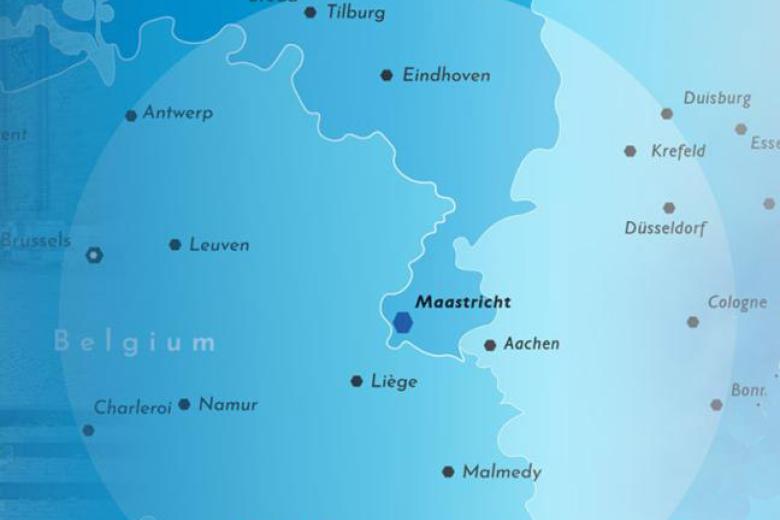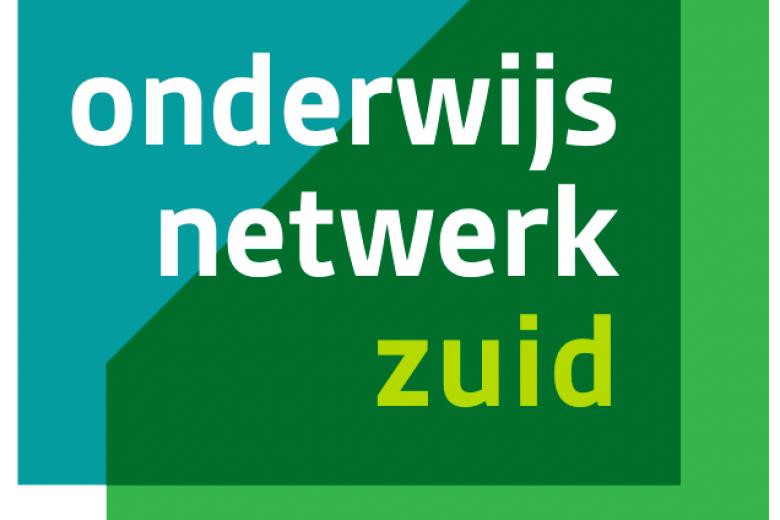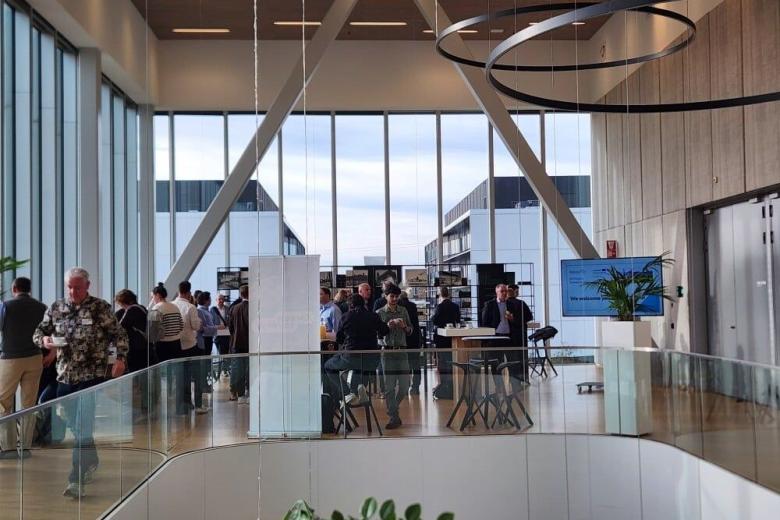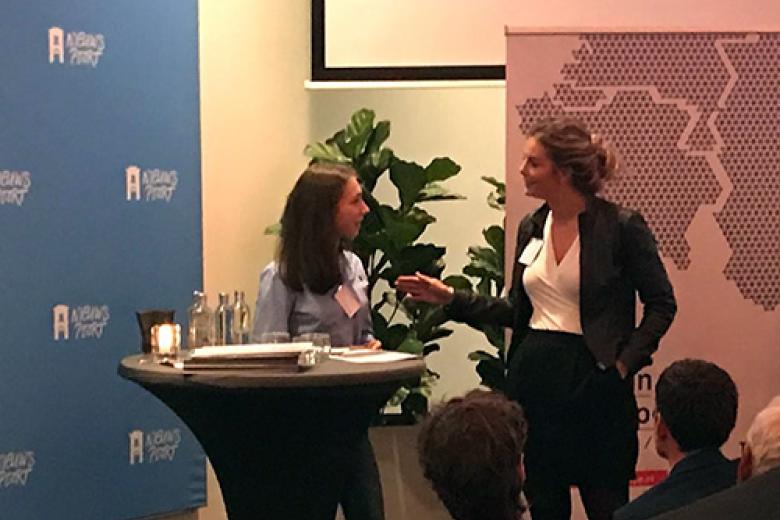Limburg soil stable enough for Einstein Telescope
The possible construction of the Einstein Telescope in South Limburg is a step closer now that research has shown that the soil under the hills is stable enough for the ten-kilometre-long detectors of gravitational waves. Maastricht University, one of the participants in the project, is pleased with the results.
Measuring gravitational waves will give us a better understanding of the nature of gravity as well as more information about the origin of the universe. According to Albert Einstein, collisions of celestial bodies create distortions of space-time. As a result, heavy, energy-rich objects move through space at a higher speed, creating ‘ripples in space-time’. This produces a gravitational wave, traveling through the universe at the speed of light and very slowly losing its energy.
A colossal laser detector is needed to measure these waves. The structure, called Einstein Telescope, will consist of three tunnels, each ten kilometers in length and constructed a few hundred metres below ground. The soil must be extremely stable. Two locations are still in the race for the construction of the detector: Limburg and Sardinia. Soil research has now shown that the intended location in South Limburg is suitable for the sensitive telescope. The rocky ground in the relatively sparsely populated area is quiet and hard, guaranteeing sufficient damping of the vibrations.
Boost to regional economy and international science
Both the province and Maastricht University are happy with the results of the research. The arrival of the Einstein Telescope is expected to give a significant boost to the economy of the region, and the world of science is also looking forward to the start of the project. Since 2014, the National Institute for Subatomic Physics Nikhef has been working on gravitational waves, which were first detected a year later.
UM has recently joined the institute and appointed appointed Prof. dr. Stefan Hild early this year to work on the construction of the construction of the ‘ET Pathfinder’, a prototype of the Einstein Telescope. The construction of this "testing facility" may increase the chance of Limburg being selected. A decision is expected in a few years. The construction of the Einstein Telescope is not expected to start before 2025.
Also read
-
DigiMach places Meuse-Rhine Euroregion at the heart of industrial digitalisation
DigiMach (Digital Machining) is a new cross-border project uniting Belgium, Germany, and the Netherlands around a common goal: accelerating the digitalisation of the machining industry in the Meuse-Rhine Euroregion.
-
A strong education network for Brabant and Limburg: better alignment, less dropout
On November 24, 2025, secondary schools (VO) and higher education institutions (HO) in Brabant and Limburg signed up for the Education Network South Netherlands: one VO-HO network that will improve the flow of students to further education and reduce dropout rates.
-
AMIBM hosts the final Realise-Bio conference
The Aachen Maastricht Institute of Biobased Materials (AMIBM ) hosted last week the third and final Realise-Bio annual conference , bringing together the Dutch and German bioeconomy ecosystems at the Brightlands Chemelot Campus .

